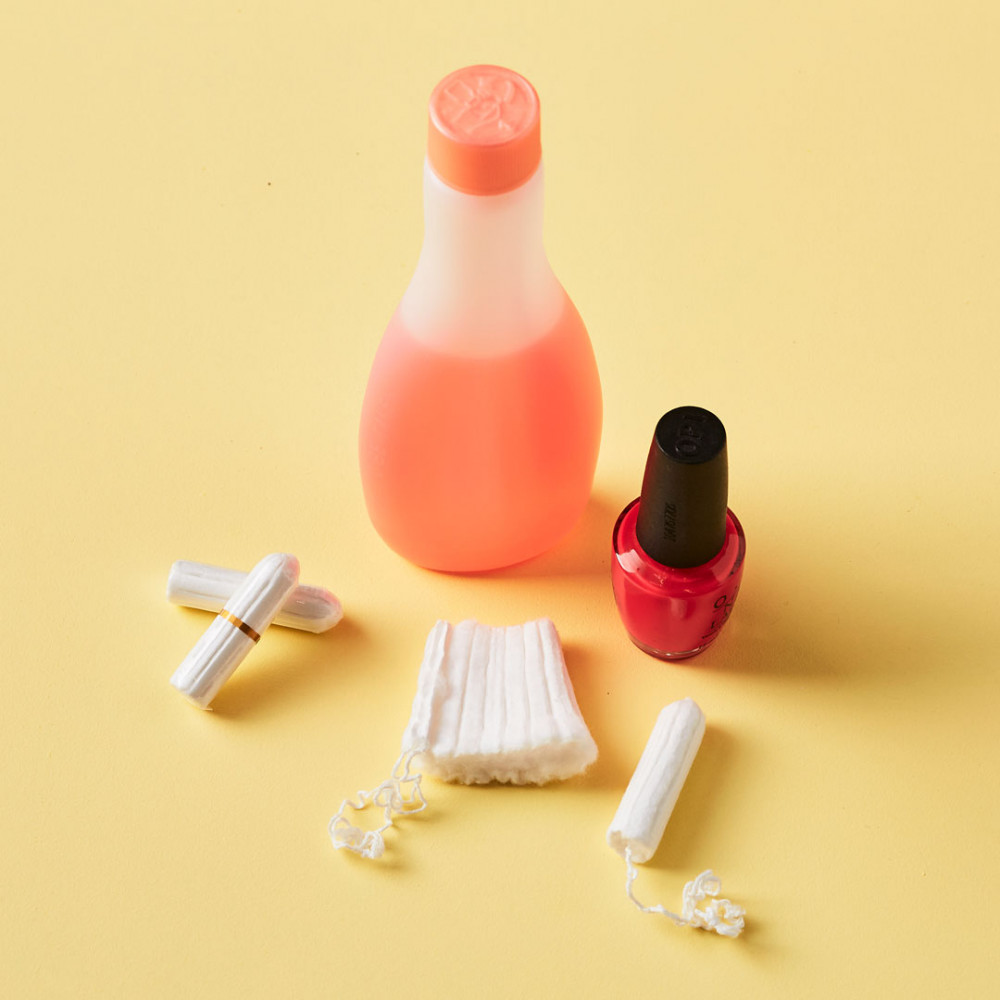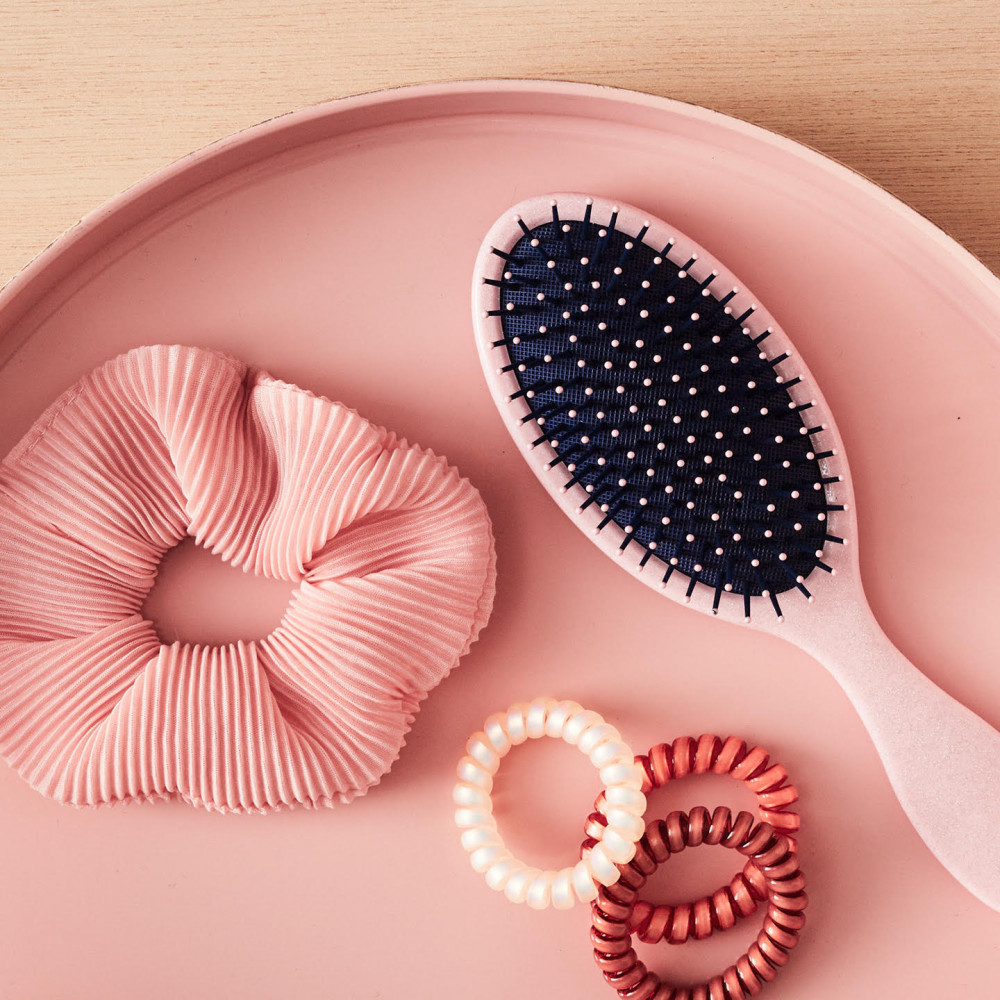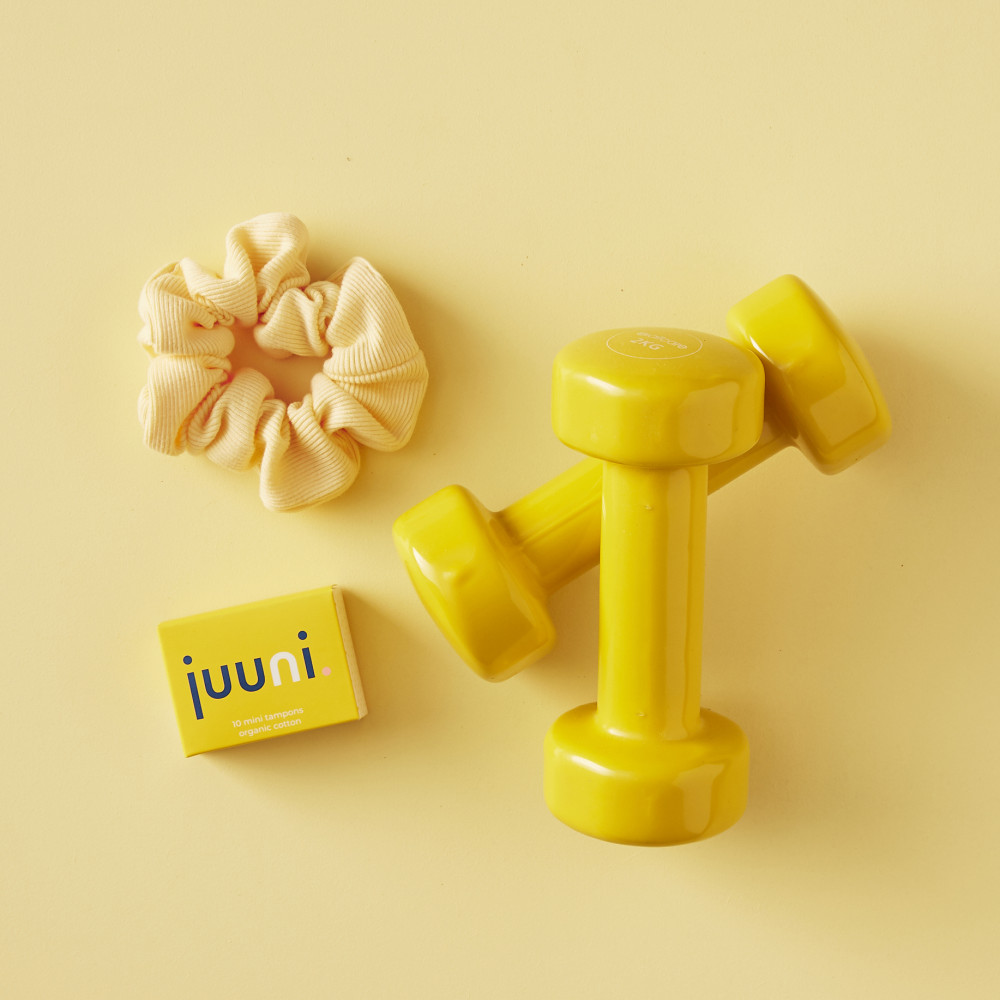Blood is red, right? Well, der, yah. But what happens when blood has been sitting around for a bit – like you see on a band-aid, or your pad or tampon? Yup, it goes brown.
Period blood comes in array of colours, with most of them being absolutely a-okay. We’re going to give you a little run-down of the rainbow that is your period (or menses, to get all cultured and Latin-like on you).
Bright red
Hello, flow! Bright red period blood suggests fresh blood and that you’ve got a steady flow rolling. Some of you beautiful babes might have bright red blood throughout your period, others might find your blood gets darker as you move through your period. Whatever shade of red, it’s all hunky dory.
Brown
As we said, brown blood is older blood — it’s just this colour because it took longer to leave your bod. You might get this at the end of your period or right at the start. Older blood can also lean towards a darker shade of red.
Pink or orange blood
This can be a result of your period mixing with cervical fluid. It can appear light red, pink or even orange. Both these colours indicate that the flow is pretty light on.
Other reasons your period blood might be pink could be: hormonal birth control, poor diet, drastic weight loss, an excessive exercise regimen or anaemia.
A doctor can test you for anaemia, if you’re concerned this could be the case. Also, if you’re exercising to the point that it’s impacting your period, consider speaking to a professional, as excessive exercise can lower oestrogen, which can lead to osteoporosis.
Other reasons your period blood might be orange could be: a sign of a vaginal infection. If your vagina is itchy, you have pain and a fever, and/or you have ick smelling discharge go get checked out by your doc.
Grey
If you have grey discharge it is recommended you see your doctor. It can be linked to infection like bacterial vaginosis, which will also have a strong smell.
Let’s talk about “clots”
You’ll have probably noticed some blood clots along with your period. These are generally totally fine and usually most noticeable on the heaviest days of your period. Colour-wise, they can range from red to almost black.
Clots are generally not on the “big” side. If do you notice larger clots (think bigger than a 5-cent coin) on a regular basis, check in with your doctor to see what might be going on.
The big picture
We keep harping on about this, but it’s ‘cos it’s so freakin’ important: your period is an insight into the wonderful world of your bod. Instead of seeing it as a burden or trying to ignore it, like so many generations of us before, try to reframe it as a peephole into how you’re running internally.





